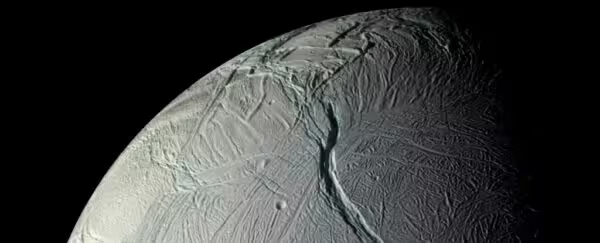3 Minutes
Challenging the Boundaries of Life: Cosmic Rays as a Source of Energy
For decades, scientists have believed that strong cosmic radiation creates conditions hostile to life by destroying essential organic molecules. Earth, protected by its magnetic field and dense atmosphere, offers an oasis where life thrives unhindered by most high-energy space radiation. But a ground-breaking new study suggests cosmic rays—those high-speed atomic particles streaming through space from distant stars—could actually enable life in some of the most inhospitable environments in our Solar System and beyond.
The Science Behind Radiation and Life
Ionizing radiation, which includes cosmic rays, ultraviolet light, X-rays, and gamma rays, is powerful enough to break molecular bonds in organic compounds. On Earth, overexposure can lead to cell damage and diseases such as cancer. Traditionally, astrobiologists have excluded planets and moons without protective atmospheres or magnetic shields from the list of potentially habitable worlds.
Yet, recent computer simulations indicate that ionizing cosmic radiation might fuel rather than destroy life—under the right conditions. When high-energy particles collide with underground reservoirs of water or ice, they can induce a chemical process called radiolysis. This reaction splits water molecules, liberating electrons and creating energy that could support microbes, even in places deprived of sunlight and heat.
Expanding the Search for Extraterrestrial Life
Researchers analyzed how radiolysis could play out on several celestial bodies. Their findings highlight Saturn's moon Enceladus as the most promising candidate for supporting alien life, thanks to its subsurface ocean and continual exposure to cosmic rays. Mars and Jupiter's moon Europa also emerged as likely environments where microorganisms could tap into radiolysis as an energy source.
These results signal a significant shift in the ongoing search for extraterrestrial life. As study author Dr. Dimitra Atri of NYU Abu Dhabi explains, "This discovery changes the way we think about where life might exist. Instead of looking only for warm planets with sunlight, we can now consider places that are cold and dark, as long as they have some water beneath the surface and are exposed to cosmic rays."

Implications for Astrobiology and Future Exploration
By revealing how cosmic radiation might foster life in unexpected places, this study opens up new possibilities for future missions targeting icy moons and subsurface environments. Technologies aimed at detecting chemical byproducts of radiolysis or searching for underground microbial communities may become central to planned explorations of Enceladus, Europa, and even Mars. Understanding these mechanisms also enriches models describing the potential abundance and distribution of life across the galaxy.
Conclusion
Far from being universally deadly, cosmic rays may be instrumental in unlocking underground realms where alien life could thrive. This paradigm shift expands our notion of habitability far beyond sunlit planets and challenges researchers to look deeper into the cold and dark corners of the cosmos. As technology advances, scientists will continue to investigate these hidden environments, seeking signs that we are not alone in the universe.
Source: cambridge



Comments